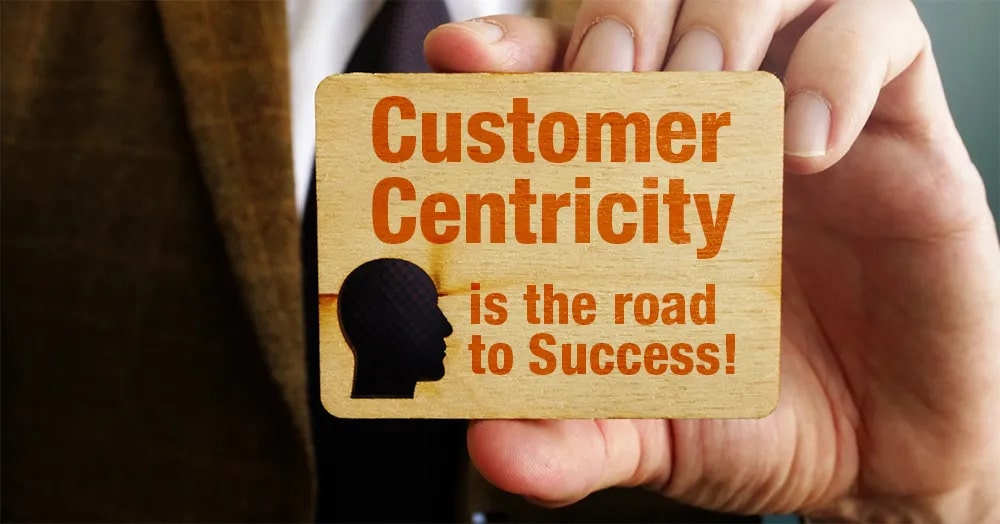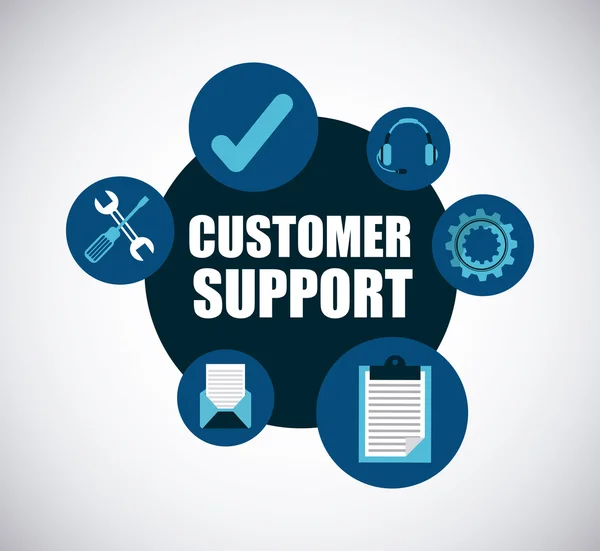Creating a customer-centric culture is essential for businesses looking to thrive in today’s competitive market. A customer-centric culture prioritizes the needs and experiences of customers at every level of the organization, fostering loyalty, driving repeat business, and ensuring long-term success. This article explores the steps and strategies needed to build a customer-centric culture in your company.
Understanding Customer-Centricity
Before delving into the how-tos, it’s important to understand what being customer-centric means. A customer-centric organization places the customer at the heart of all decisions, strategies, and operations. It goes beyond customer service to include every aspect of the business, from product development to marketing and sales. The goal is to create a seamless, positive experience for customers, making them feel valued and understood.
The Importance of Leadership Commitment
Building a customer-centric culture starts at the top. Leadership commitment is crucial in driving the change needed to embed customer-centricity within the organization. Leaders must not only endorse but also embody customer-centric values. This involves:
- Vision and Mission Alignment: Integrating customer-centricity into the company’s vision and mission statements.
- Role Modeling: Demonstrating customer-centric behaviors in their interactions and decisions.
- Resource Allocation: Ensuring that sufficient resources (time, budget, and personnel) are dedicated to customer-centric initiatives.
- Communication: Regularly communicating the importance of customer-centricity and celebrating customer-focused successes.
Hiring and Training for Customer-Centricity
To build a customer-centric culture, it is essential to hire individuals who share this mindset and to continuously train employees to maintain this focus.
- Hiring: Recruit candidates who demonstrate empathy, strong communication skills, and a customer-focused attitude. Consider incorporating customer-centric scenarios into your interview process to assess these qualities.
- Training: Provide comprehensive training programs that emphasize the importance of customer satisfaction, effective communication, and problem-solving skills. Regularly update training materials to reflect evolving customer needs and industry trends.
- Onboarding: From the start, new hires should understand the company’s commitment to customer-centricity. Incorporate customer-centric principles into the onboarding process to set clear expectations.
Empowering Employees
Empowering employees to make decisions that benefit the customer is crucial for a customer-centric culture. This involves:
- Delegating Authority: Allowing employees to resolve customer issues without needing excessive approval from higher-ups. This can lead to faster problem resolution and increased customer satisfaction.
- Providing Tools and Resources: Equipping employees with the necessary tools, information, and resources to assist customers effectively.
- Encouraging Initiative: Fostering an environment where employees feel encouraged to take initiative and go above and beyond for customers.
Integrating Customer Feedback
Customer feedback is a goldmine of insights that can drive continuous improvement. To leverage this, companies should:
- Solicit Feedback: Actively seek feedback through surveys, social media, customer service interactions, and reviews.
- Analyze and Act: Analyze feedback to identify trends and areas for improvement. Act on this feedback to make necessary changes and improvements.
- Close the Loop: Inform customers about the changes made based on their feedback. This not only shows that their opinions are valued but also reinforces the company’s commitment to customer satisfaction.
Creating a Customer-Centric Environment
The physical and digital environments should reflect the company’s commitment to customer-centricity. This can be achieved by:
- Customer-Friendly Spaces: Designing physical spaces (stores, offices) that are welcoming and convenient for customers.
- User-Friendly Digital Interfaces: Ensuring websites and mobile apps are intuitive, easy to navigate, and provide a seamless experience.
- Accessible Support Channels: Offering multiple channels for customer support (phone, email, chat, social media) and ensuring they are easily accessible.
Measuring Customer-Centric Success
To ensure the effectiveness of customer-centric initiatives, it’s important to measure success using relevant metrics. Key metrics include:
- Customer Satisfaction (CSAT): Measures overall customer satisfaction with products or services.
- Net Promoter Score (NPS): Gauges customer loyalty by asking how likely customers are to recommend your company to others.
- Customer Effort Score (CES): Assesses the ease of customer interactions with your company.
- Customer Retention Rate: Tracks the percentage of customers who continue to do business with you over a specific period.
- Customer Lifetime Value (CLV): Estimates the total value a customer will bring to the company over their entire relationship.
Fostering a Culture of Continuous Improvement
A customer-centric culture is not a one-time initiative but an ongoing effort. To maintain and enhance this culture:
- Continuous Learning: Encourage a mindset of continuous learning and improvement. Provide opportunities for employees to develop new skills and knowledge related to customer-centricity.
- Innovation: Foster an environment that encourages innovation and experimentation. Allow employees to test new ideas that could improve the customer experience.
- Feedback Loops: Establish regular feedback loops within teams to discuss customer feedback, share insights, and brainstorm solutions.
Recognizing and Rewarding Customer-Centric Behavior
Recognizing and rewarding customer-centric behavior reinforces the importance of these actions and motivates employees to maintain high standards. This can be done through:
- Incentive Programs: Create incentive programs that reward employees for exceptional customer service and innovative ideas that enhance customer satisfaction.
- Public Recognition: Highlight customer-centric achievements in company meetings, newsletters, and internal communications.
- Career Advancement: Provide opportunities for career advancement to employees who consistently demonstrate a strong customer-centric mindset.
Aligning Business Processes
For a customer-centric culture to thrive, business processes must be aligned with customer-centric principles. This involves:
- Streamlining Processes: Simplifying processes to reduce customer effort and enhance the overall experience.
- Cross-Departmental Collaboration: Encouraging collaboration between departments to ensure a cohesive approach to customer satisfaction.
- Customer-Centric Policies: Developing policies that prioritize customer needs and minimize friction points.
Building Long-Term Relationships
A customer-centric culture focuses on building long-term relationships rather than short-term gains. This can be achieved by:
- Personalization: Offering personalized experiences based on customer preferences and behaviors.
- Engagement: Actively engaging with customers through various touchpoints to build a strong relationship.
- Trust and Transparency: Being transparent in your dealings and building trust through consistent, reliable service.
Conclusion
Building a customer-centric culture is a strategic imperative for businesses aiming for long-term success. It requires commitment from leadership, a focus on hiring and training, empowering employees, integrating customer feedback, and aligning business processes. By fostering a culture that prioritizes customer needs and experiences, companies can build lasting relationships, drive loyalty, and achieve sustainable growth. In a world where customer expectations are continually evolving, a customer-centric culture ensures that businesses remain agile, relevant, and successful.



